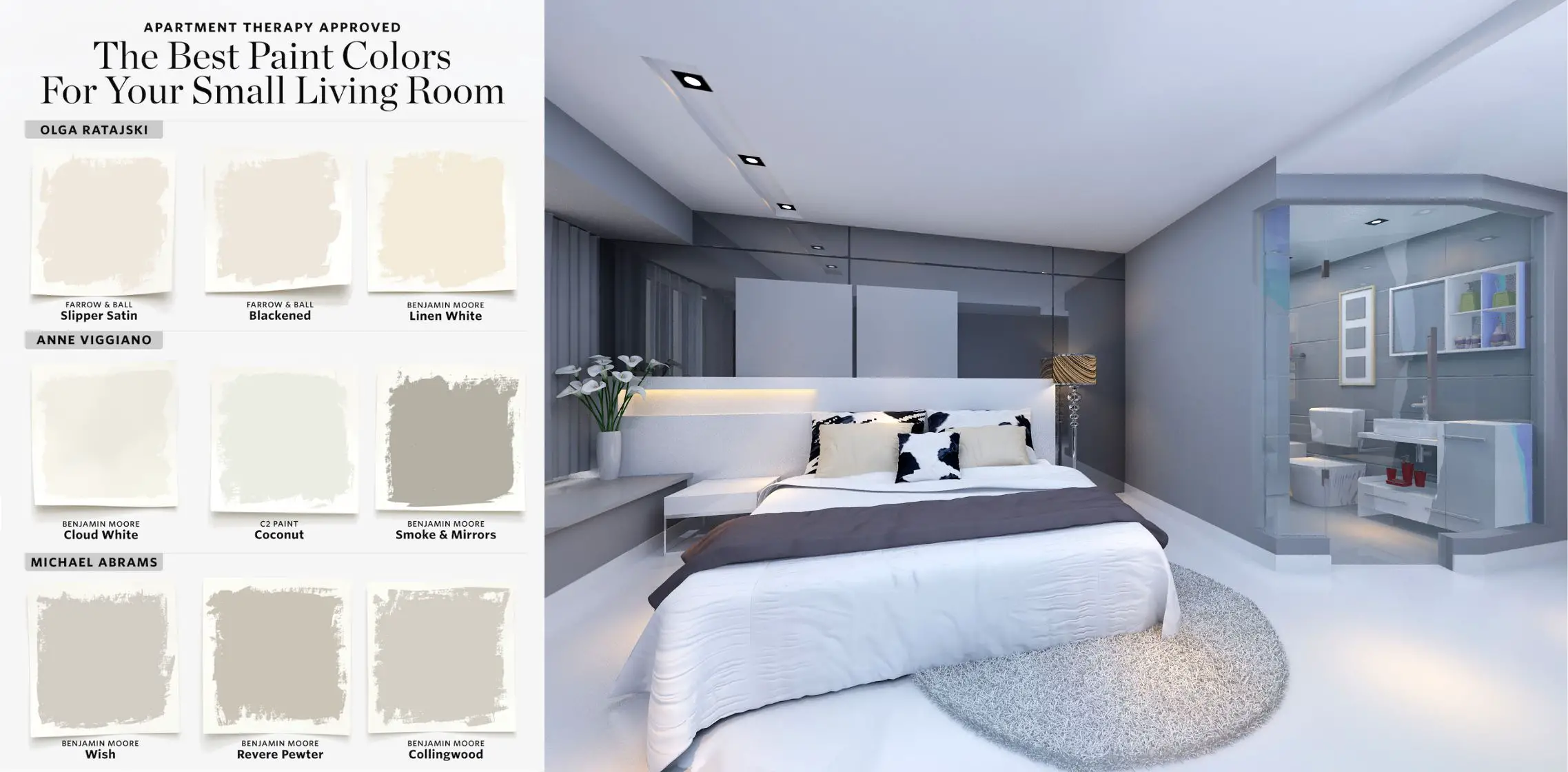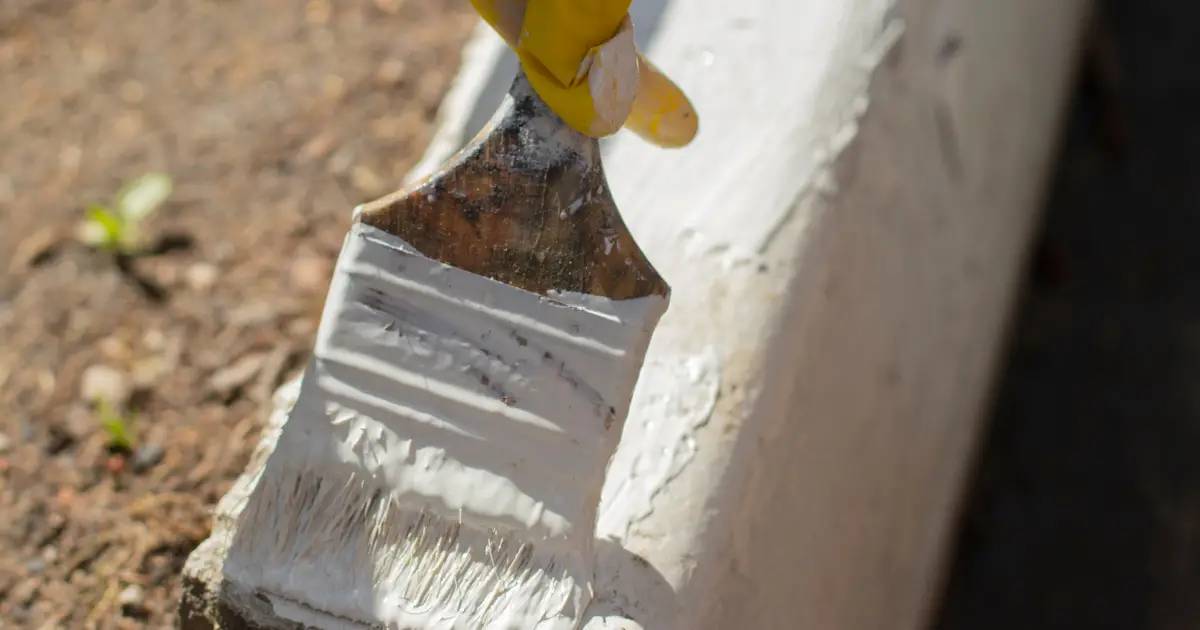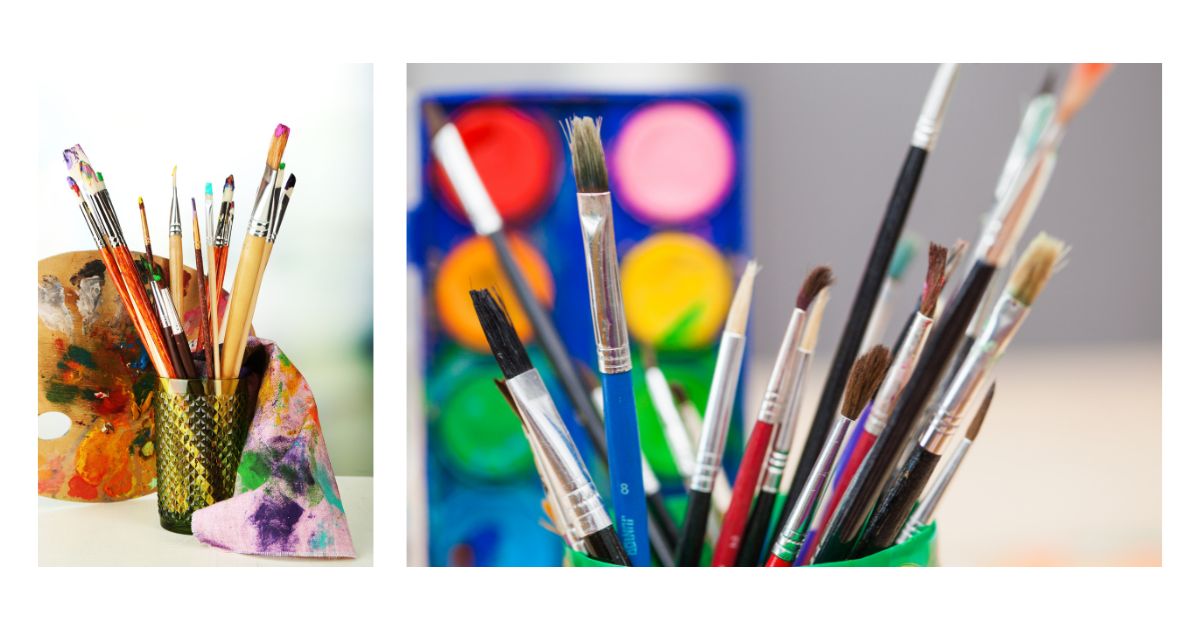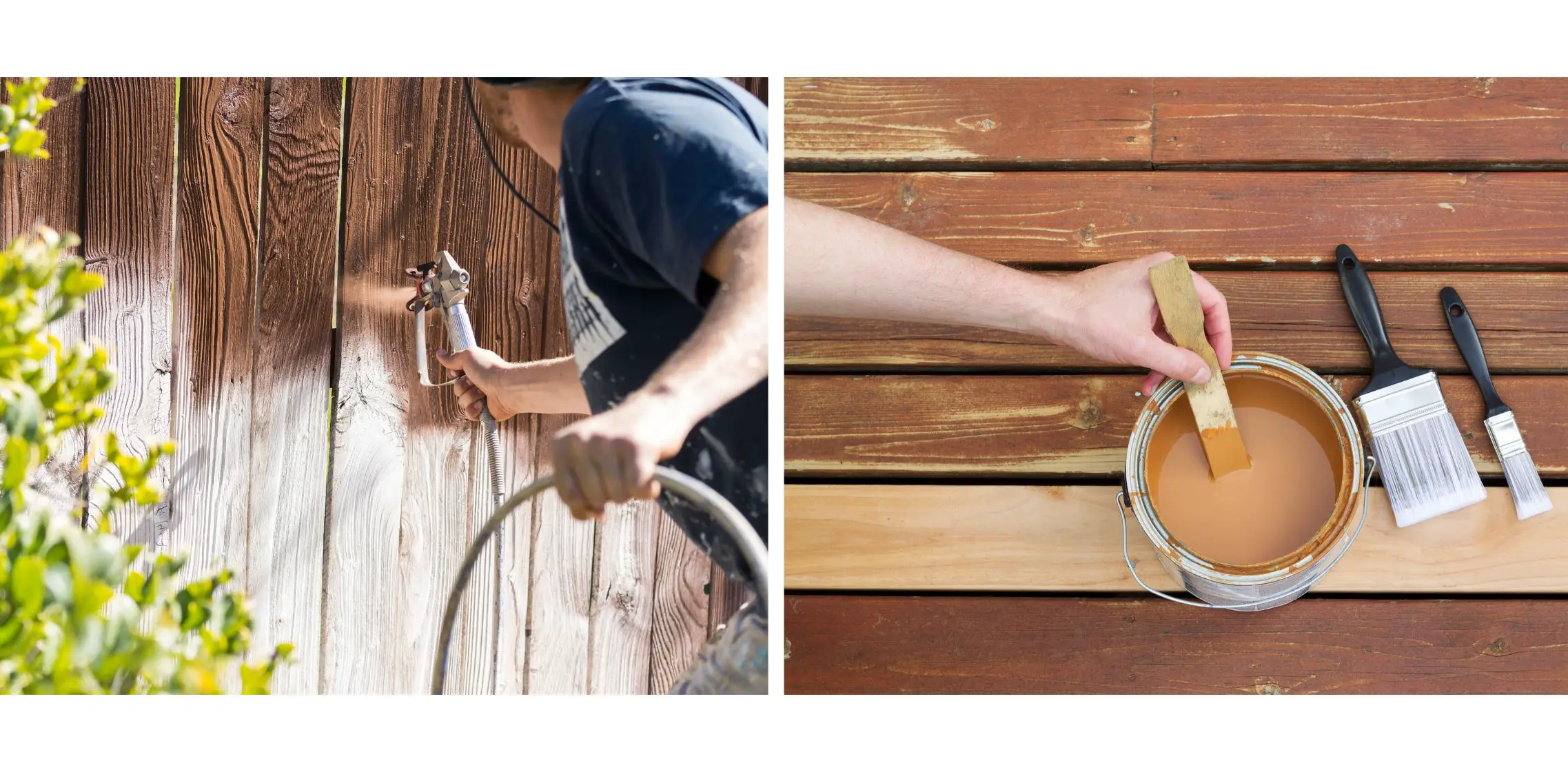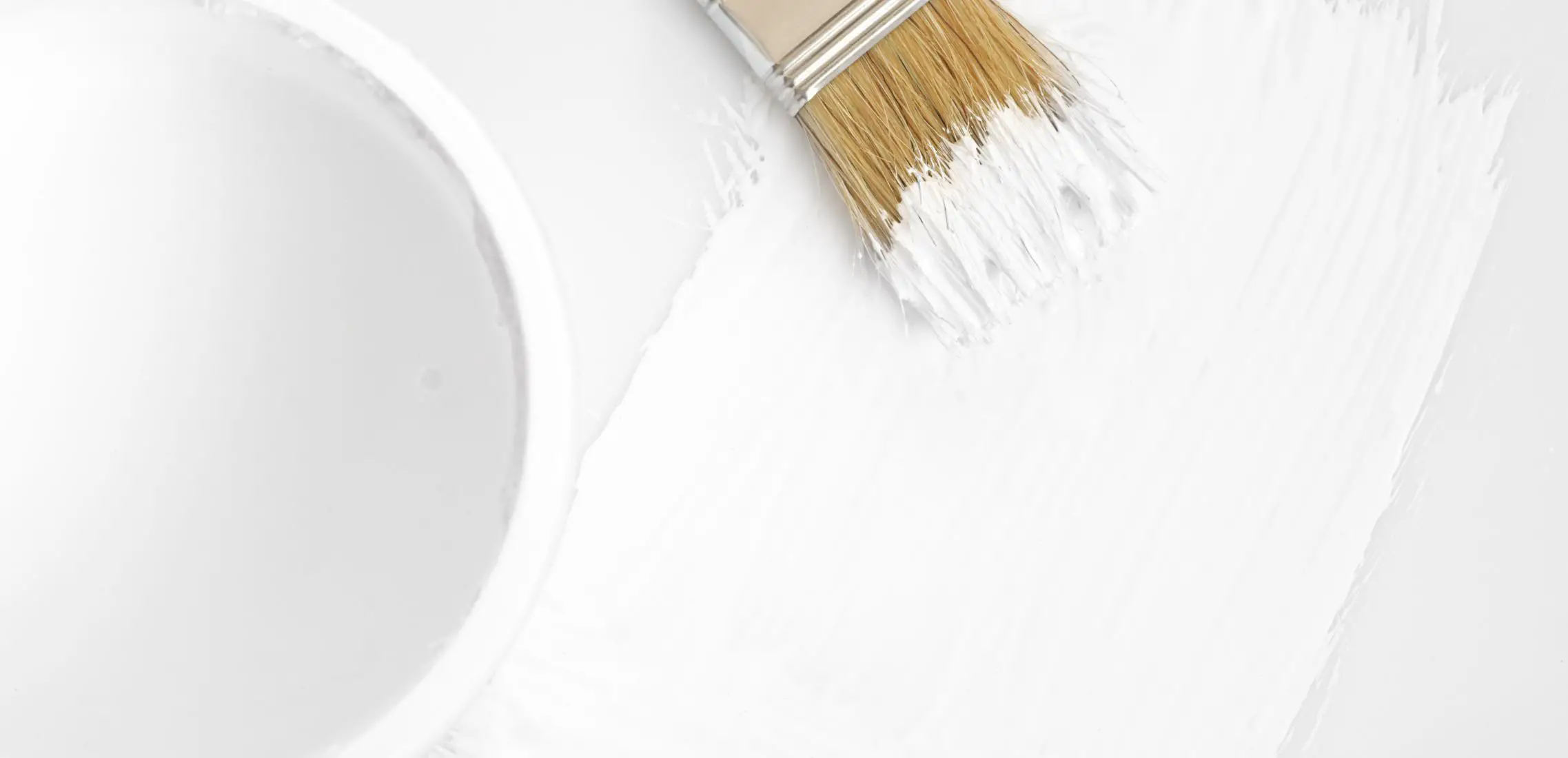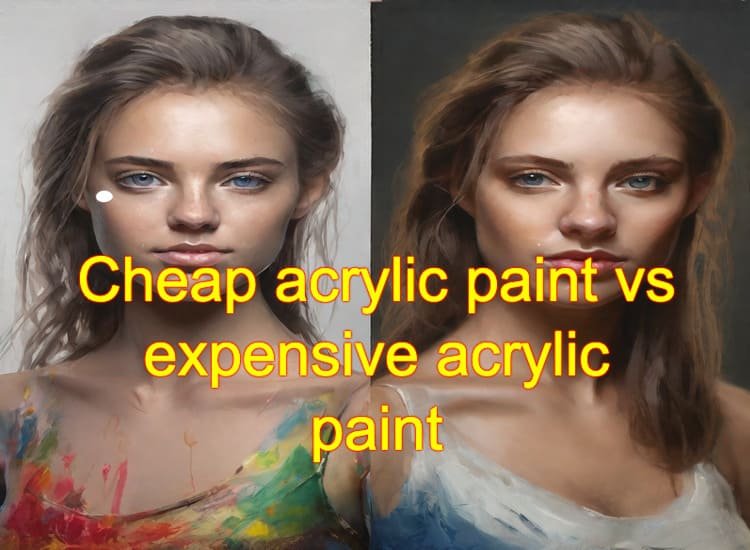When starting with acrylic painting, selecting the right colors for your palette can be a daunting task. In this blog post, we will explore the recommended four paints that can provide you with a versatile range of colors and mixing capabilities.
Whether you’re a beginner or looking to streamline your collection, these essential paints will serve as a solid foundation for your artistic endeavors.
Creating a Versatile Palette
To begin, we suggest starting with four paints and white. These colors will allow you to achieve a broad spectrum of hues and facilitate easy mixing.
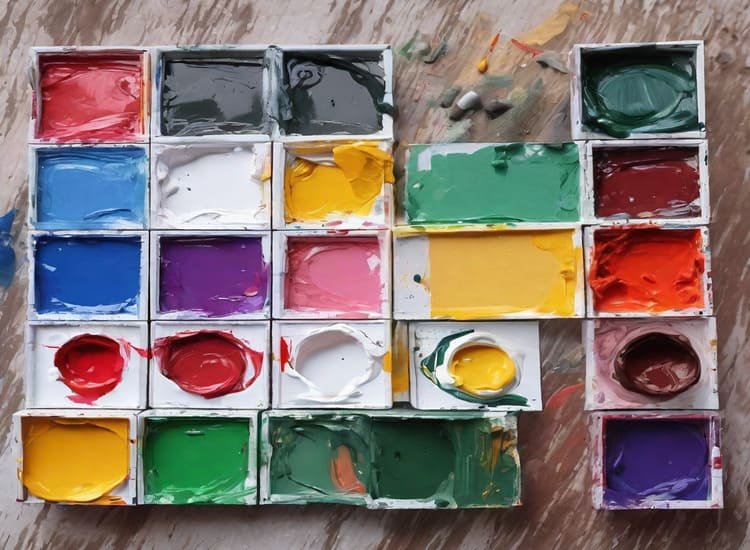
The recommended colors are as follows:
- Ivory Black: Adding black to your palette offers flexibility for both painting and mixing. It provides depth and contrast to your artwork and enables you to create darker shades when needed.
- Burnt Sienna or Red Oxide: Opt for either of these colors to introduce a warm red tone to your palette. They can be used to create earthy hues, as well as serve as a base for mixing various shades of red.
- Cobalt Blue or Ultramarine Blue: Choose either of these blues to incorporate a cool and vibrant shade to your palette. They can be utilized to produce a wide range of blue tones, from deep and intense to light and airy.
- Yellow Oxide or Raw Sienna: Select either of these yellows to introduce warmth and brightness to your palette. They are versatile colors that can be blended to achieve a variety of yellow shades, from mellow ochres to sunny yellows.
Using Student-Grade Paints
To start your acrylic painting journey, you can use a reliable and affordable option like Liquitex Basics student-grade paints. These paints are known for their ease of use, medium heavy body, and good pigment quality.
Many professionals also appreciate their accessibility, as they are widely available in large tubes and often go on sale at major art and craft stores.
Liquitex Basics paints will provide you with a solid foundation for exploring color mixing and creating beautiful artworks.
Expanding Your Palette
Once you feel comfortable with your four-color palette, you can consider expanding it further. Additional colors to incorporate at the next stage include raw umber (brown), hookers green, and dioxazine purple. These colors will offer you more options for mixing and expanding your range of hues.
Going Beyond
If you wish to explore brighter and more intense colors, you can gradually introduce cadmium medium red, cadmium yellow, and cerulean blue to your collection.
However, keep in mind that these colors are not essential but rather add convenience and additional possibilities to your palette.
The Power of Four
It is important to note that with just four carefully selected paints, you can achieve an impressive array of colors.
By using Quin Magenta, Hansa Yellow, Pthalo Blue (red shade), and Titanium White, you can cover approximately 90% of the color gamut possible with paint. These pigments are highly lightfast, ensuring the longevity of your artworks.
Choosing Single Pigment Paints
When selecting paints, prioritize those labeled as single pigment paints. Look for the pigment code on the label to ensure that the paint does not contain pre-mixed white. Using single pigment paints allows for better color mixing and avoids confusion when working with primary colors.
Conclusion
By starting with a palette of four essential colors, you can embark on your acrylic painting journey with confidence. Ivory Black, Burnt Sienna or Red Oxide, Cobalt Blue or Ultramarine Blue, and Yellow Oxide or Raw Sienna will provide you with a versatile range of hues and the ability to create beautiful and harmonious artworks.
As you progress, you can expand your palette to include additional colors that suit your artistic preferences.
Remember, it’s not about the quantity of paints, but rather the understanding and mastery of color mixing that will allow you to create stunning acrylic paintings.


